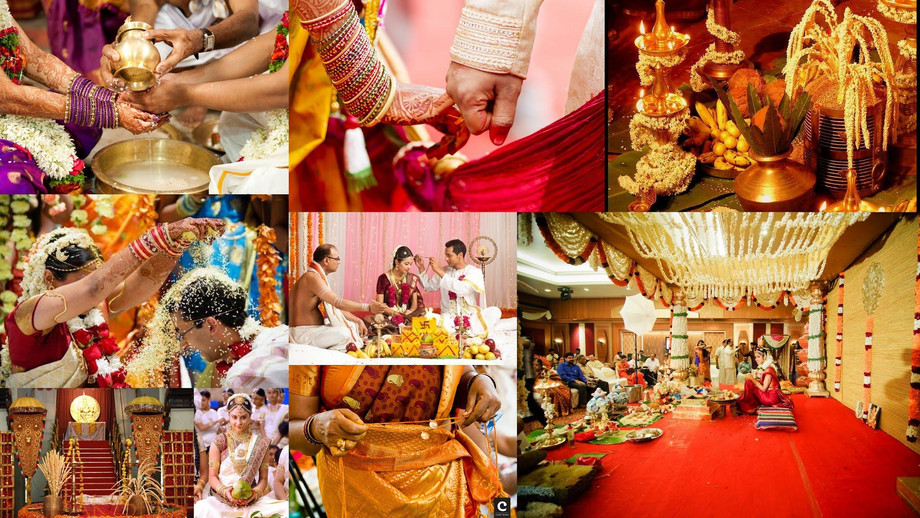Wedding customs in ancient India presented a stark contrast to contemporary practices, reflecting the societal evolution spanning millennia. While the core concept of marriages as a socio-religious institution remained, the rituals, societal expectations, and individual agency underwent significant transformations.
In the Vedic period, the earliest documented form of marriage, ceremonies were deeply rooted in religious texts and practices, primarily conducted along the river Saraswati. These Vedic marriages, with their intricate rituals, prioritized societal stability and lineage continuation. Evidence suggests that the Aryans, generally monogamous, acknowledged the existence of polygamy and polyandry, albeit potentially limited to certain social strata. Texts like the “Manasollasa” illustrate that while a king typically married a Kshatriya woman as his chief queen, he could also maintain other wives from Vaishya or Shudra backgrounds for pleasure, revealing a nuanced, if hierarchical, approach to marriages.
The medieval period introduced the concept of “Swayamvaras”, particularly amongst royalty. These events allowed women to choose their husbands from a pool of eligible suitors. Prospective grooms would showcase their skills and abilities, demonstrating their suitability for the bride. However, this element of female agency remained largely confined to the upper echelons of society.
Arranged marriages were, and continue to be, a prevailing norm in India. Historically, these unions were meticulously planned by parents and elders, prioritizing caste, lineage, and family reputation. While this tradition persists, modern India witnesses a gradual shift. Recent studies indicate a growing trend away from purely arranged marriages, with younger generations seeking greater autonomy in selecting partners. This evolution reflects increasing educational opportunities, economic independence, and a broader acceptance of individual choice within the framework of familial values. In conclusion, Indian wedding customs have undergone a dynamic evolution, blending ancient traditions with modern sensibilities, ultimately reflecting a society in constant transition.

